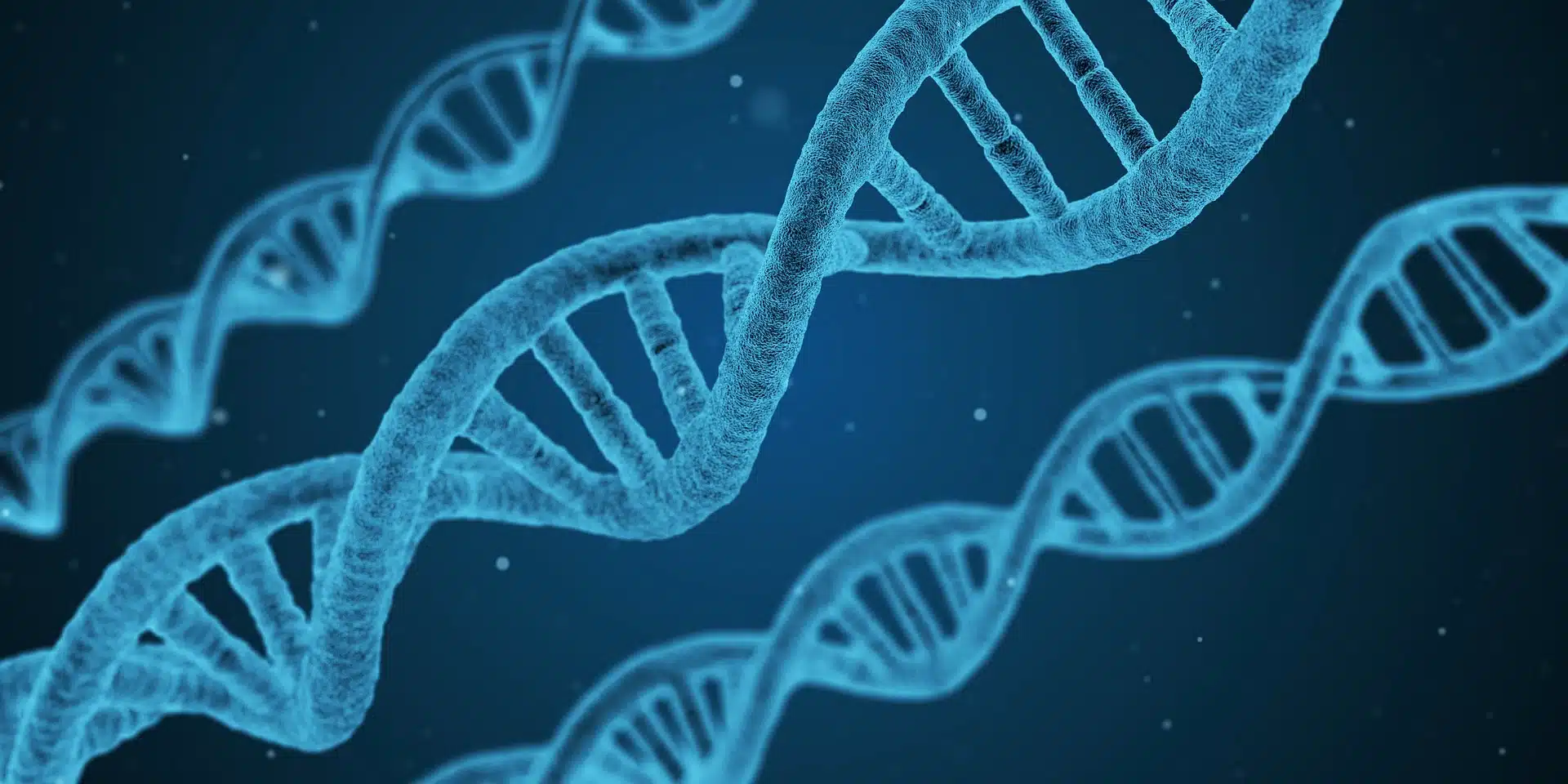New Therapeutic Target for Rare Type of Childhood Epilepsy Identified
January 12, 2024
Article published by Medical Xpress
Researchers have identified a potential treatment target for CDKL5 deficiency disorder (CDD), one of the most common types of genetic epilepsy. CDD causes seizures and impaired development. To date, there are no disease-targeting antiseizure medications. Recently, researchers have identified calcium channel Cav2.3 as a potential therapeutic target for CDD. Cav2.3 allows calcium to enter nerve cells, exciting the cells and allowing them to pass on electrical signals. This process is needed for the nervous system to function properly, but too much calcium coming into nerve cells can result in over-excitability and seizures. The researchers recorded calcium channel function and observed that a process called phosphorylation which changes the function of the channel was not occurring. Specifically, the channels were able to open, but were taking longer to close, leading to larger and more prolonged calcium currents flowing into cells. This implies that CDKL5 is needed to limit calcium entry into cells. Genetic mutations that enhance channel activity are already known to cause severe early-onset epilepsy in a related condition called DEE69 which shares similar symptoms as CDD. These results suggest that over-activity of nerve cells is a common feature of both disorders and that inhibiting the channel could help with symptoms like seizures. Marisol Sampedro-Castañeda, postdoctoral researcher, said, “Our research highlights for the first time a CDKL5 target with a link to neuronal excitability. There is evidence that this calcium channel could be involved in other types of epilepsy too, so we believe that Cav2.3 inhibitors could eventually be tested more widely. Our findings have implications for a large group of people, from the families affected by these conditions to researchers working in the rare epilepsy field.”







